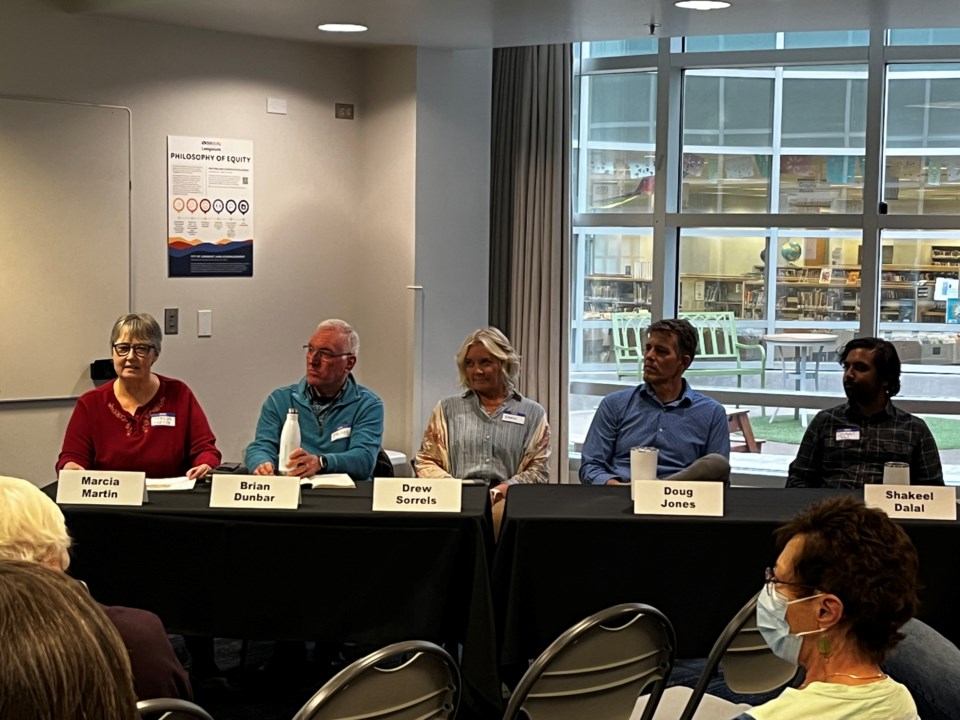“Housing is stability. Housing is dignity. Housing is absolutely necessary, critical infrastructure,” said U.S. Senator Raphael Warnock. The American Association of University Women, or AAUW, held a panel discussion on Thursday to explore the future of housing in Longmont.
The discussion began with a presentation from Marcia Martin, a Longmont City Council member. Martin explained that the Envision Longmont document was drafted nine years ago in a time when the city was recovering from the 2013 flood.
Envision Longmont is the city’s multi-modal and comprehensive plan that provides direction and guidance for the city for 10-20 years.
According to Martin, the document seems to be more of a marketing document than one that drives future change.
“It’s in some ways a marketing document. When I began learning it, I was puzzled that it doesn’t seem to communicate a sense of urgency, it doesn’t seem to have any impact analysis, it doesn’t seem to give a process on how we are actually going to get this done,” Martin said. “It is hard to use it to get behind a city.”
The city of Longmont is always looking at how the city is growing. According to Martin, that does not mean it is promoting population growth but growth in other ways. She highlighted that housing is an important element of growth. She said people should be able to live where they are born and those looking to downsize should be able to afford it. This also prevents Longmont from being an aging community.
Brian Dunbar from the Institute for the Built Environment spoke to the group about charettes. Charettes are meetings that include all of the stakeholders on a project to attempt to resolve conflicts and find agreeable solutions.
Charettes were an important part of the Bohn Farm development process in Longmont. A group of neighbors met to with the developer and others to brainstorm a way to add housing to the Bohn Farm site while still considering the existing neighborhood. According to speakers Drew Sorrells and Doug Jones, the charettes were a way for them to get involved and have a say in their community’s planning process.
Shakeel Dalal, president of LAUNCH Longmont Housing, also shared his vision for the future. He posed the question, “Why does Longmont exist?”
He proposed that cities exist for people and that they should be designed for people. The Industrial Age stripped cities of the ability to change to adapt to the people living in them by creating standardization, he said.
Dalal suggested creating cities that include housing options for people of all walks of life by changing laws such as land use codes and building more and a variety of types of homes. He suggested designing the city so that it is possible to not have a car and still have access to groceries, jobs and entertainment.
“There is much work for us to do and it will take time,” Dalal said. “But we have done hard things before.”



